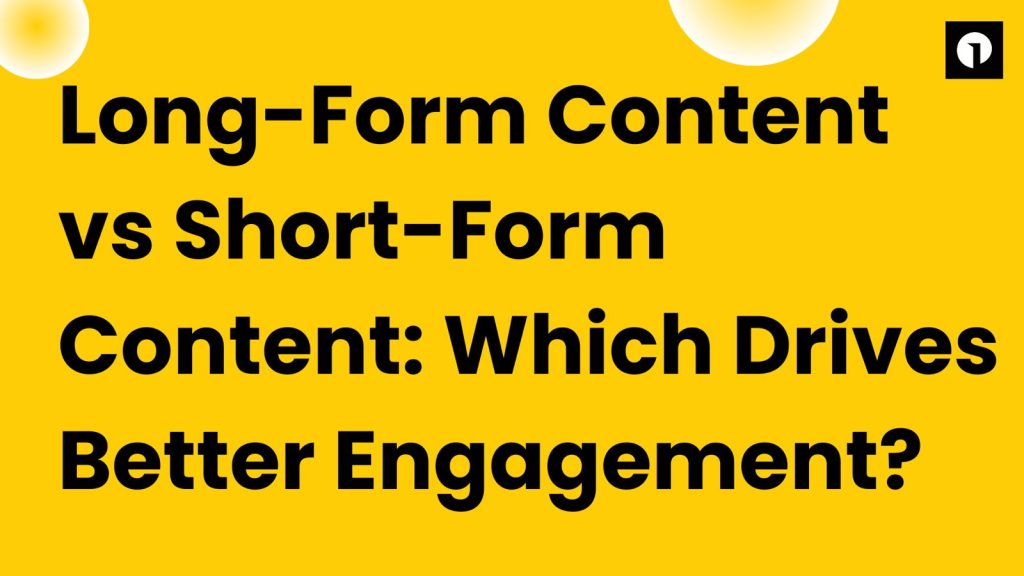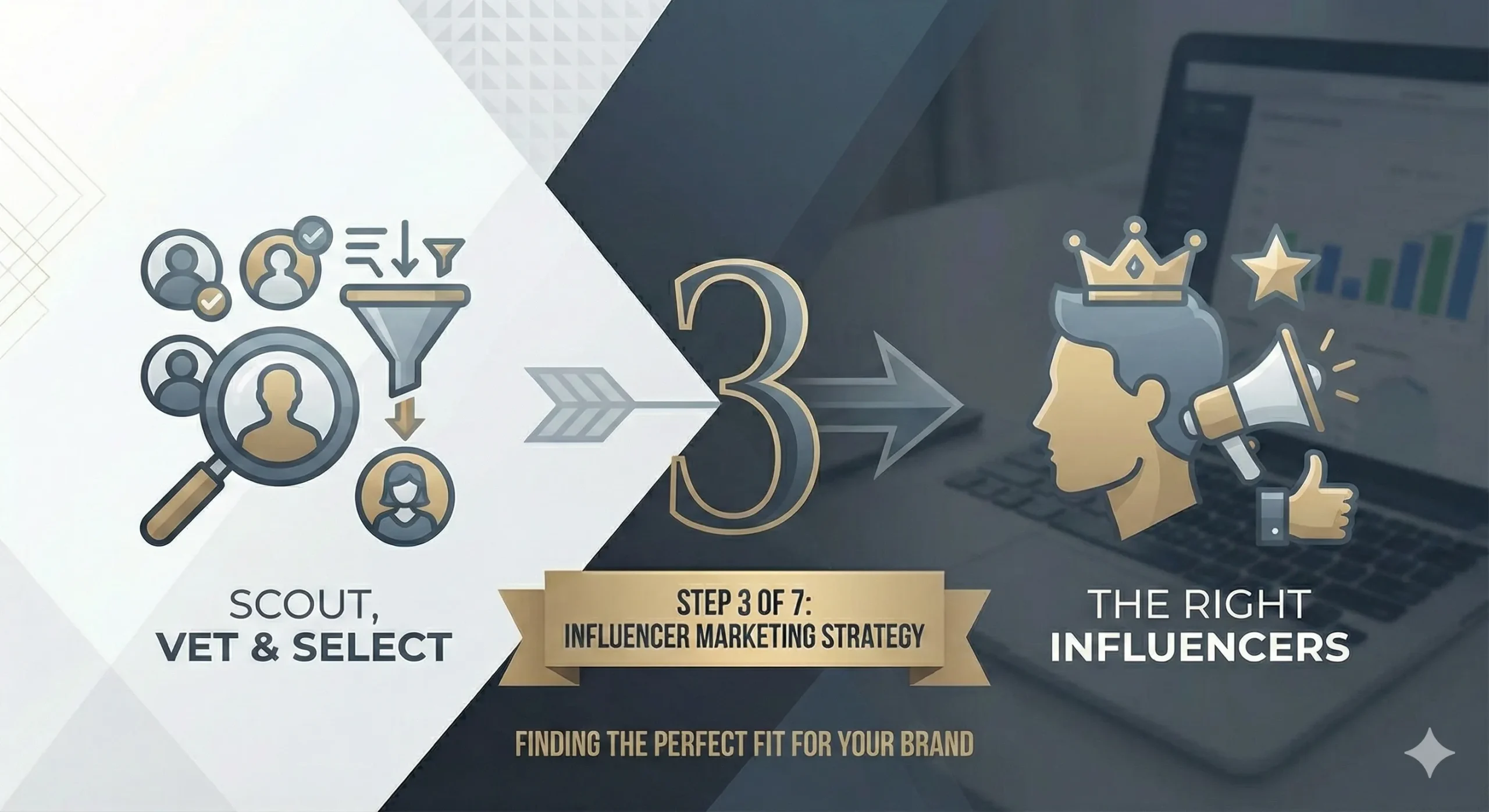TLDR:
Long-form content provides the reader with detailed information that can bring out much better engagement and SEO benefits, whereas short-form content is sharable and snappy. This article will help you explore the advantages and challenges to help you decide which is best for your content strategy.
The need to win over audience attention has never been more intense in the digital era. There is an ongoing debate among marketers on the effectiveness of long-form versus short-form content in driving engagement. Both have their places and understanding the pros and cons of each can help you design a better content strategy. Let’s see how we can use each type of content to maximize audience engagement and reach our marketing goals.
What is Long-Form Content?
Long-form content exceeds 1,000 words and includes blog posts, whitepapers, e-books, and very detailed guides that thoroughly investigate one topic with much information and analysis.
Benefits of Long-Form Content
- In-Depth Information
Long-form content can explore a topic to a good extent. They provide the reader with valuable information and details. According to HubSpot, the ideal blog post length is estimated to be 2,250-2,500 words because it results in the highest organic traffic.
- SEO Benefits
Search engines favour long-form content as it goes into depth on a topic. In-depth content typically includes more keywords, more links and opportunities for backlinks that can all improve search engine rankings.
- Authority and Trust
It has been proven that detailed content shows expertise and thought leadership, establishing trust with the audience. This helps to position your brand as a trustworthy source of information.
- Engagement and Sharing
The more in-depth your article is, the more shareable and linked to it will be. Research from BuzzSumo shows that long-form content gets shared 77.2% more than short articles.
Disadvantages of Long-Form Content
- Time-Consuming
High-quality long-form content creation takes a lot of time and resources.
- Reader Commitment
It becomes very challenging to engage your readers for long. The content must be exceptionally well-written and engaging to hold their attention.
What is Short-Form Content?
Short-form content is generally less than 1,000 words and may include blog posts, social media updates, emails, and infographics. As such, this type of content provides quick, concise information that is easy to consume.
Advantages of Short-Form Content
- Quick Consumption
Short-form content is perfect for audiences that have less time or a lower attention span. It can be understood and acted upon quickly.
- Frequent Posting
Because it is shorter, it can be produced and published more often. This keeps your audience engaged and reminds them of your brand.
- Mobile-Friendly
As more people use the internet on their mobiles, short-form content can be easily taken on the move.
- Higher Engagement on Social Media
It is easy for short, snappy content to be shared across social media platforms. According to Buffer, tweets between 71 and 100 characters receive the highest engagement rates.
Limitations of Short-Form Content
- Limited Depth
While such content is valuable, especially for showcasing the different views of subjects, it can fall short of presenting the depth required in certain subject areas. This can make them less informative in details for comparison or a quick assessment of what is overemphasized in different objects.
- Lower SEO Value
This type of content just offers fewer keyword locations and possibilities for backlinking, which makes it considerably less appealing than other content when it comes to SEO.
Long Form VS Short Form Content
- Which Drives Better Engagement?
In essence, what may work effectively can be anchored on the audience base, the goals to be achieved, and also the platform to be used.
- Audience Preferences
Audience expectations should also be considered when developing a strategic framework for mass communication. People who are involved in their profession may tend to prefer to consume more articles with more details and coverage, while other different common users may prefer shorter pieces.
- Content Goals
If the content has the aim of educating and to set the authority in the field this way long one more effective. Although long-form content can be helpful in driving engagement and shares in the long term, but if one wishes to get attention and shares in the near future, short-form content can be effective.
- Platform
Overall, there is common understanding that all social media prefer short content to be shared and reposted, in contrast with blogs/sites it is optimal to have an optimal mix of content suited for the specifics of what topics and audience in question are.
Conclusion
Long-form and short-form content have their pros and cons in terms of use, yet both have been proven advantageous. This is all about understanding the need and objectives of the content, reinventing them in a way that meets the needs of the audience better. Combining both approaches, one gets a vast and well-covered content strategy that the two concepts very effectively address.
Formulate a combination of long-term and short-term content strategy to address the variety of audiences to ensure optimal content marketing. This way, you invest in actions that make you valuable and interesting to the audience and accomplish your marketing objectives.








